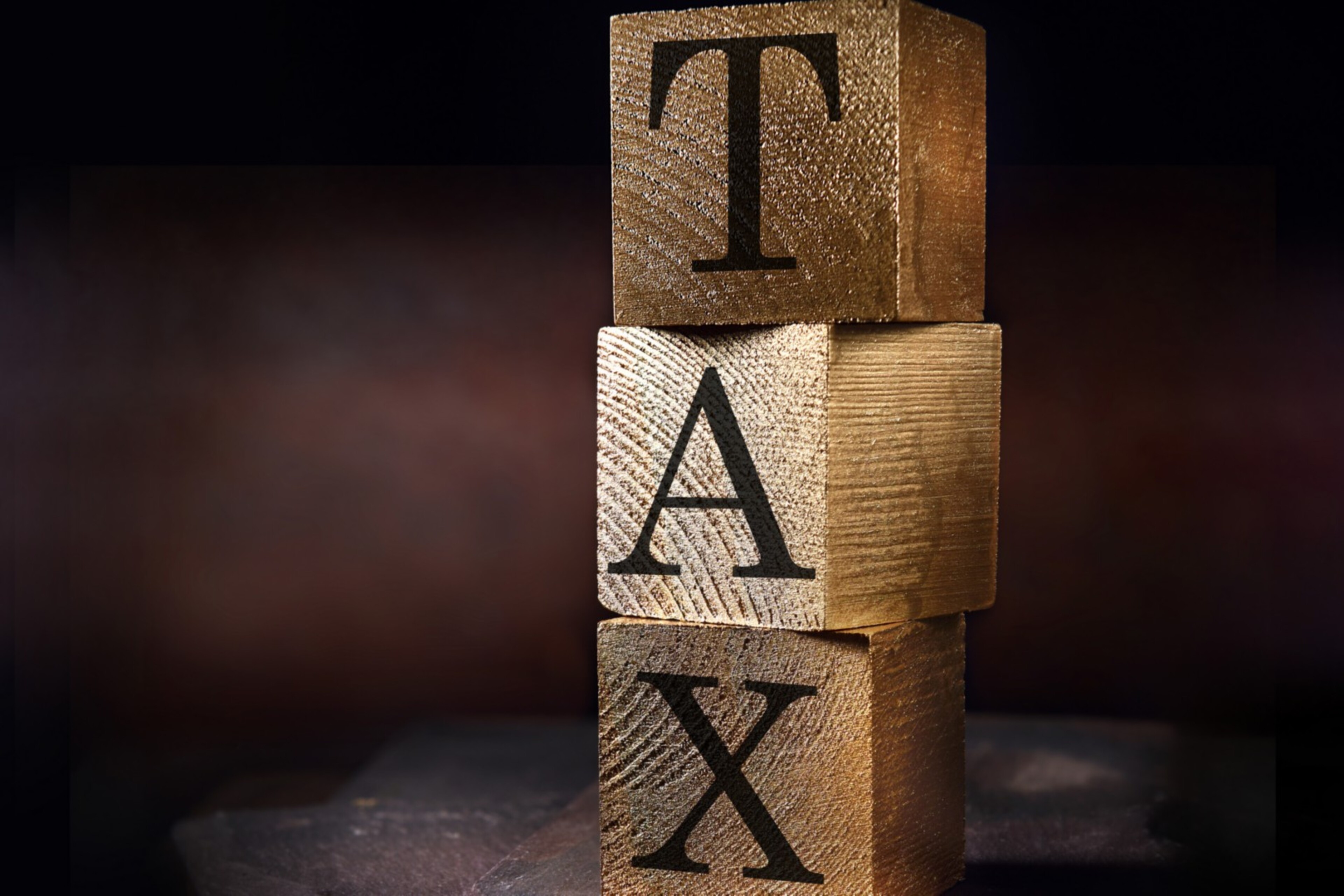EY refers to the global organization, and may refer to one or more, of the member firms of Ernst & Young Global Limited, each of which is a separate legal entity. Ernst & Young Global Limited, a UK company limited by guarantee, does not provide services to clients.
Tax Collection at Source Module of DigiTDS
What Tax Collection at Source Module of DigiTDS can do for you
Tax Collected at Source provisions, under the Income-tax Act, 1961, have existed for decades but for a restricted set of transactions. With the intent to widen and deepen the tax net, using tax analytics, the Finance Act, 2020 has substantially expanded the scope of TCS provisions to include the following transactions, w.e.f. 1 October 2020:
|
Sr No |
Nature of transaction |
Monetary thresholds* |
Applicable TCS rate* |
|---|---|---|---|
|
1 |
Sale of goods |
|
0.1% |
|
2 |
Sale of overseas tour package |
No threshold |
5% |
|
3 |
Remittance of funds outside India under the Liberalised Remittance Scheme |
Remittance of INR0.7m or more in a financial year by a remitter. |
5%[i] |
*subject to additional conditions
[i]. In case of remittance of INR0.7m or more in a financial year, which is out of education loan taken from any specified financial institution, applicable TCS rate is 0.5%
This was followed by introduction of Tax Deduction at Source (TDS) on purchase of goods, resulting into interplay in applicability of TDS and TCS on transactions involving goods w.e.f 1 July 2021.
In order to ascertain applicability of TDS v/s TCS provisions, sellers are required to understand whether buyer’s turnover in previous year exceeded INR 100 mn. Further, where TCS continues to apply, sellers are required to under due diligence of buyer’s tax return filing status for previous two years, on crossing of certain monetary thresholds.
Expansion of TCS provisions and subsequent interplay between TDS and TCS provisions for transactions involving goods requires businesses to review the impact, collate declarations from buyers, undertake compliance check validations, create robust framework backed by data extraction, reconciliation capabilities to effectively comply with the new Tax Collected at Source provisions.
EY-SAP survey: Key findings
The key findings of EY-SAP survey* on preparedness of industry to adopt this new regime are as follows:
*The survey findings are a result of analysis of the feedback shared by over 110 tax heads and chief financial officers (CFOs) to a joint survey done by EY and SAP to gauge the industry’s prepared towards the applicability of the new TCS provisions on sale of goods, starting 1 October 2020. The survey was conducted in September 2020.
How EY can help?
EY provides a robust solution to assist businesses in handling the expanded TCS regime by:
- Advising on tax technical positions
- Assisting in reviewing tax processes and Standard Operating Procedures (SOPs)
- Reviewing changes in ERP data output, and
- Leveraging Tax Collection at Source Module of DigiTDS for automation of TCS life cycle.
The entire process is led by combination of Tax and Technology specialists as we assist businesses in planning, roll-out and stabilization phase.
Tax Collection at Source Module of DigiTDS, is a cloud-based, scalable and integrated solution available on Microsoft Azure (under alliance with Microsoft).

Tax Collection at Source Module of DigiTDS can assist in:
- Triggering e-mails to customers for turnover confirmation
- Undertaking customer’s tax compliance check with Government’s reporting portal
- Validation of customer master data (PAN) or Lower Collection Certificate
- Tracking Tax Collected at Source on advances as well as for subsequent adjustments
- Validation of TCS applicability
- Timely TCS compliance
- Highlighting discrepancies in relation to data in TRACES
- Aiding assessment readiness by enabling reconciliations under tax laws (the Income-tax Law and the GST)
- Enabling clients to spend more time on value-added activities
- Tax Collection at Source Module of DigiTDS empowers businesses to effectively manage their financial and reputation risks and be compliant for the Tax Collection at Source regime.
Our latest thinking
Incentive insights: Maharashtra IT/ITES Policy and its impact on investment
In this podcast, Bhavesh Thakkar, Partner at EY India's Tax and Regulatory Services shares insights on the policy's coverage, eligibility criteria for incentives, and its unique approach toward incentivizing investments in emerging technologies.
How Budget 2023 changes are likely to impact the e-commerce operators in India
EY highlights how Budget 2023 proposals aim to deal with the taxation in e-commerce. Learn more about the changes impacting e-commerce operators.
Budget 2023 widens the scope of Tax Deducted at Source (TDS)
EY highlights how Budget 2023 widens the scope of Tax Deducted at Source (TDS). Learn more about TDS rates.
EY highlights how Budget 2023 attempts to make the new concessional tax regime more attractive. Learn more about the new and old tax regimes.
Meet our Tax Collection at Source Module of DigiTDS team
Direct to your inbox
Stay up to date with our Editor's picks newsletter.








